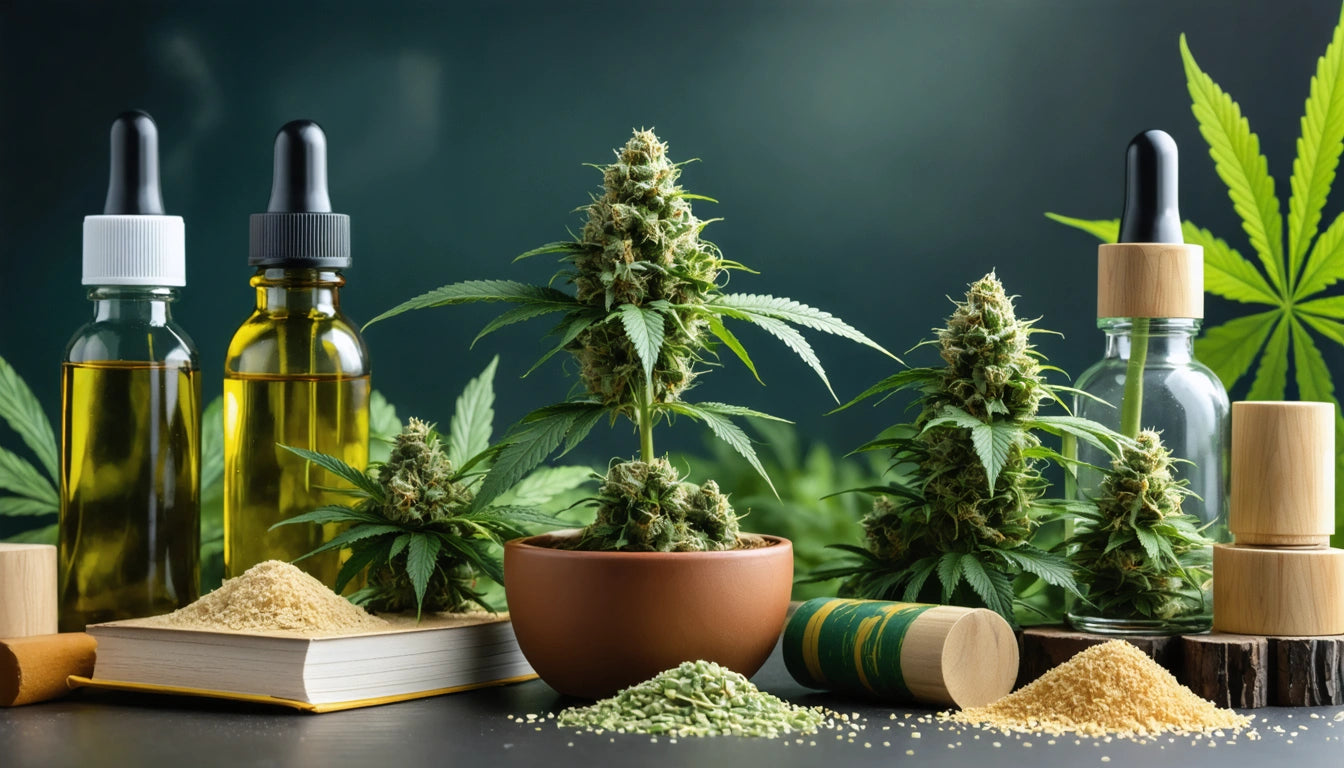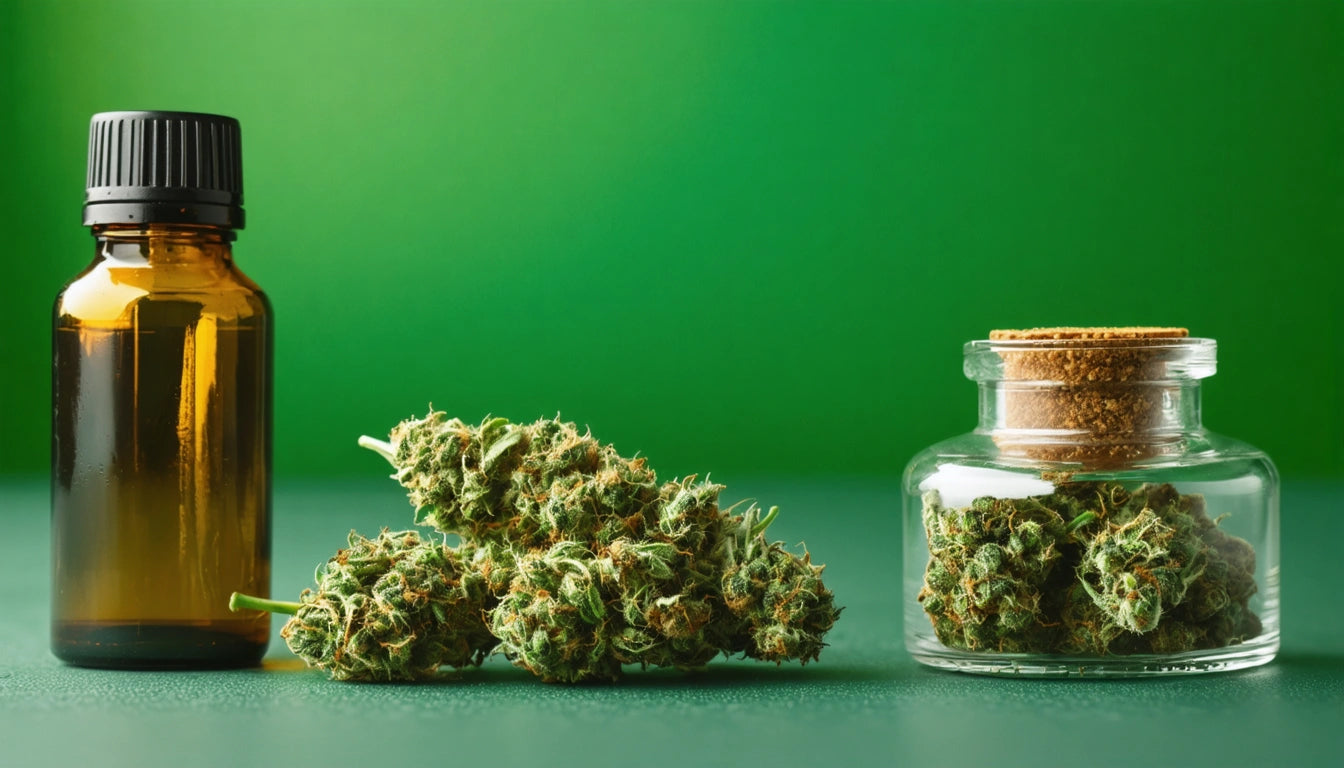Table of Contents
The Growing Demand for Transparent Supply Chains
In the rapidly evolving cannabis industry, transparent supply chains have become more than just a buzzword. They represent a fundamental shift in how businesses operate, communicate with consumers, and maintain regulatory compliance. This transparency extends from seed to sale, encompassing cultivation practices, processing methods, testing procedures, and retail distribution.
What Supply Chain Transparency Means Today
Supply chain transparency refers to the visibility and traceability of products throughout their journey from production to consumption. In cannabis, this includes documenting cultivation inputs, harvest dates, processing methods, lab testing results, and distribution channels. Transparency isn't merely about disclosure but about creating a verifiable record that builds trust with regulators, partners, and consumers.
According to our research on transparent packaging, visual product transparency combined with supply chain documentation creates a powerful trust signal that resonates with today's discerning consumers.
Rising Consumer Expectations for Transparency
Modern cannabis consumers want to know what they're putting in their bodies. They're asking questions about:
- Cultivation methods (organic, living soil, etc.)
- Pesticide and fertilizer usage
- Testing protocols and results
- Company ethics and sustainability practices
- Product handling and freshness
This shift toward informed purchasing decisions has made transparency a competitive advantage rather than just a compliance requirement. Brands that proactively share their processes build stronger customer loyalty and command premium pricing.
Key Benefits of Supply Chain Transparency
Trust Building
When customers can verify claims about potency, purity, and production methods, they develop deeper trust in your brand. This trust translates into repeat business and word-of-mouth referrals, particularly valuable in an industry where traditional advertising faces significant restrictions.
Regulatory Compliance
Transparent supply chains make compliance easier to demonstrate during inspections or audits. Complete, accessible records of your operations show regulators your commitment to following industry rules and best practices.
Quality Control
Tracking products through each stage allows for better quality management. When issues arise, transparent systems help identify exactly where problems occurred, enabling targeted improvements rather than system-wide overhauls.
Risk Management
In case of product recalls or safety concerns, transparent supply chains allow for rapid response. Companies can quickly identify affected batches and take appropriate action, minimizing both consumer risk and brand damage.
Implementing Transparency in Cannabis Operations
Creating transparent supply chains requires both operational changes and communication strategies:
Documentation Systems
Implement robust tracking systems that document each touchpoint in your supply chain. This includes maintaining accurate records for cultivation inputs, harvest data, processing parameters, and quality control measures.
Testing Protocols
Establish comprehensive testing regimens that go beyond minimum requirements. Many leading brands now conduct multiple tests throughout production, ensuring consistent quality and building consumer confidence.
Verification Methods
Incorporate verification technologies like QR codes, batch tracking, or blockchain solutions that allow customers to access product information. Our precision measurement tools help ensure accurate dosing and content verification, critical components in maintaining transparent operations.
The Role of Technology in Transparent Supply Chains
Technology serves as the backbone of modern transparent supply chains, enabling:
Track-and-Trace Systems
Digital platforms that follow products from cultivation to sale, creating unbroken chains of custody and documentation.
Blockchain Integration
Immutable ledgers that verify transactions and product movements, providing tamper-proof records of a product's journey.
Consumer-Facing Tools
Mobile apps and web portals that give customers direct access to product information, testing results, and company practices.
Automation and IoT
Sensors and automated data collection that reduce human error and provide real-time monitoring of environmental conditions and product status.
As discussed in our analysis of supply chain transparency trends, these technologies not only improve operational efficiency but also create compelling storytelling opportunities that resonate with consumers.
The Future of Supply Chain Transparency in Cannabis
Looking ahead, we see several emerging trends that will shape transparency practices:
- Standardization: Industry-wide standards for transparency will emerge, making it easier for consumers to compare products across brands.
- Integration: Supply chain transparency will become more deeply integrated with marketing and brand storytelling.
- Sustainability Focus: Environmental impact data will become a standard component of transparent supply chains.
- Consumer Tools: More sophisticated consumer-facing applications will emerge, giving users unprecedented access to product information.
As the cannabis industry matures, transparency will continue to evolve from a differentiator to a baseline expectation. Companies that invest in comprehensive transparency now will be better positioned to adapt to changing consumer preferences and regulatory requirements in the future.
By embracing transparent supply chains, cannabis businesses don't just comply with regulations, they create deeper connections with consumers, streamline their operations, and build brands that stand the test of time in this dynamic industry.











Leave a comment
All comments are moderated before being published.
This site is protected by hCaptcha and the hCaptcha Privacy Policy and Terms of Service apply.